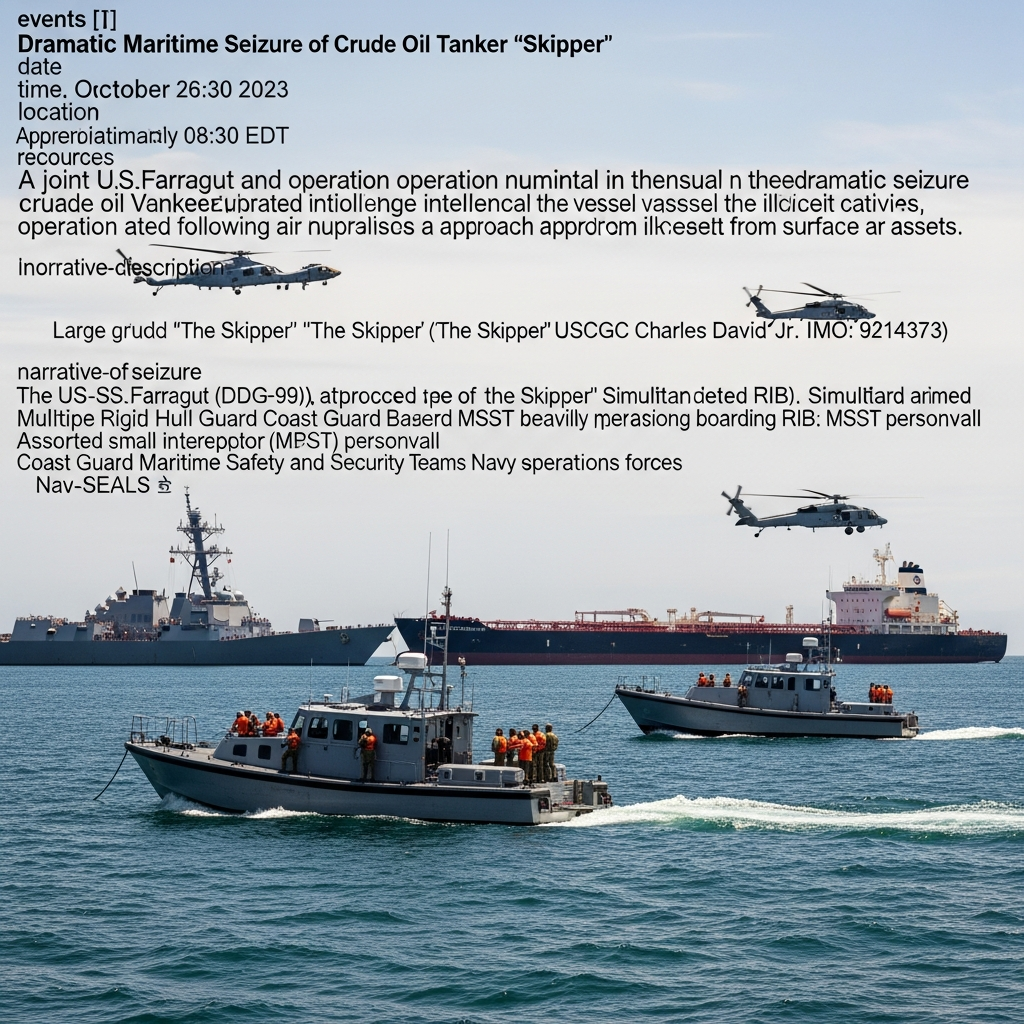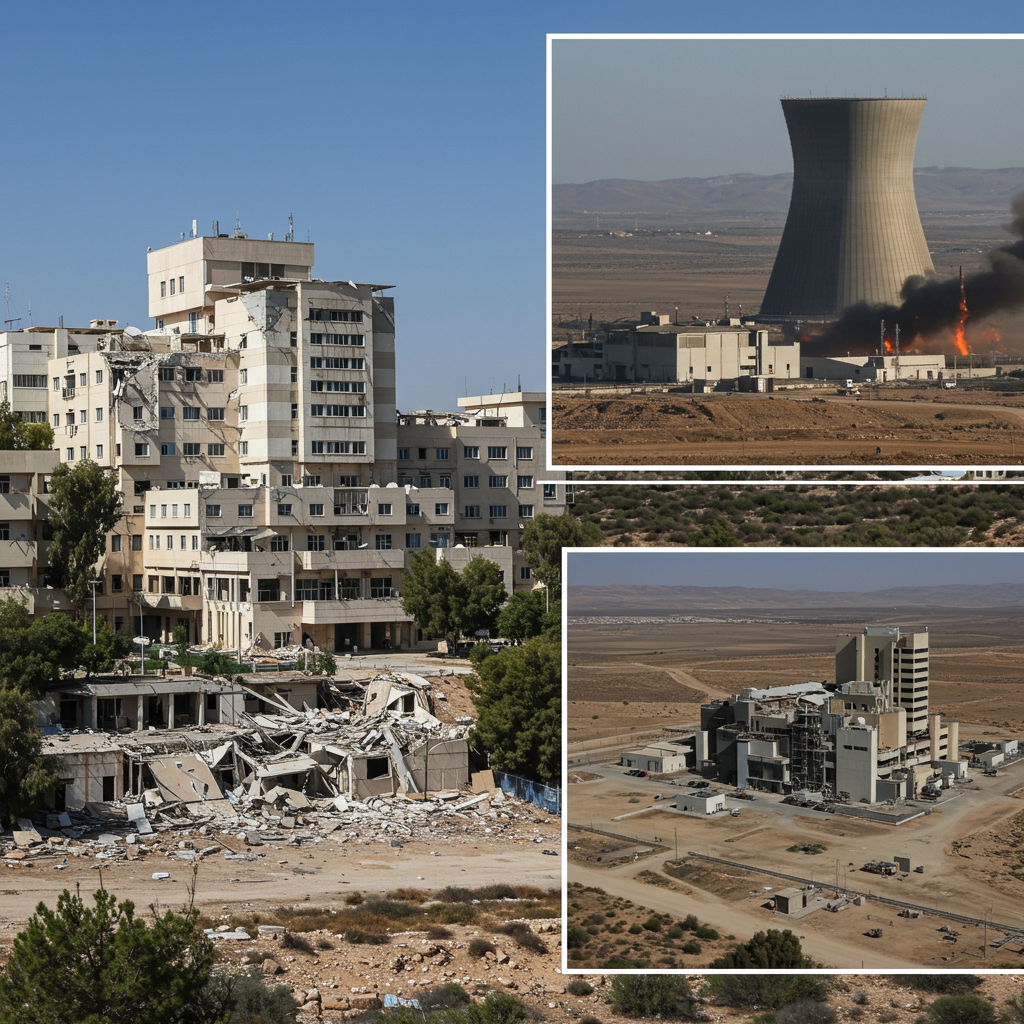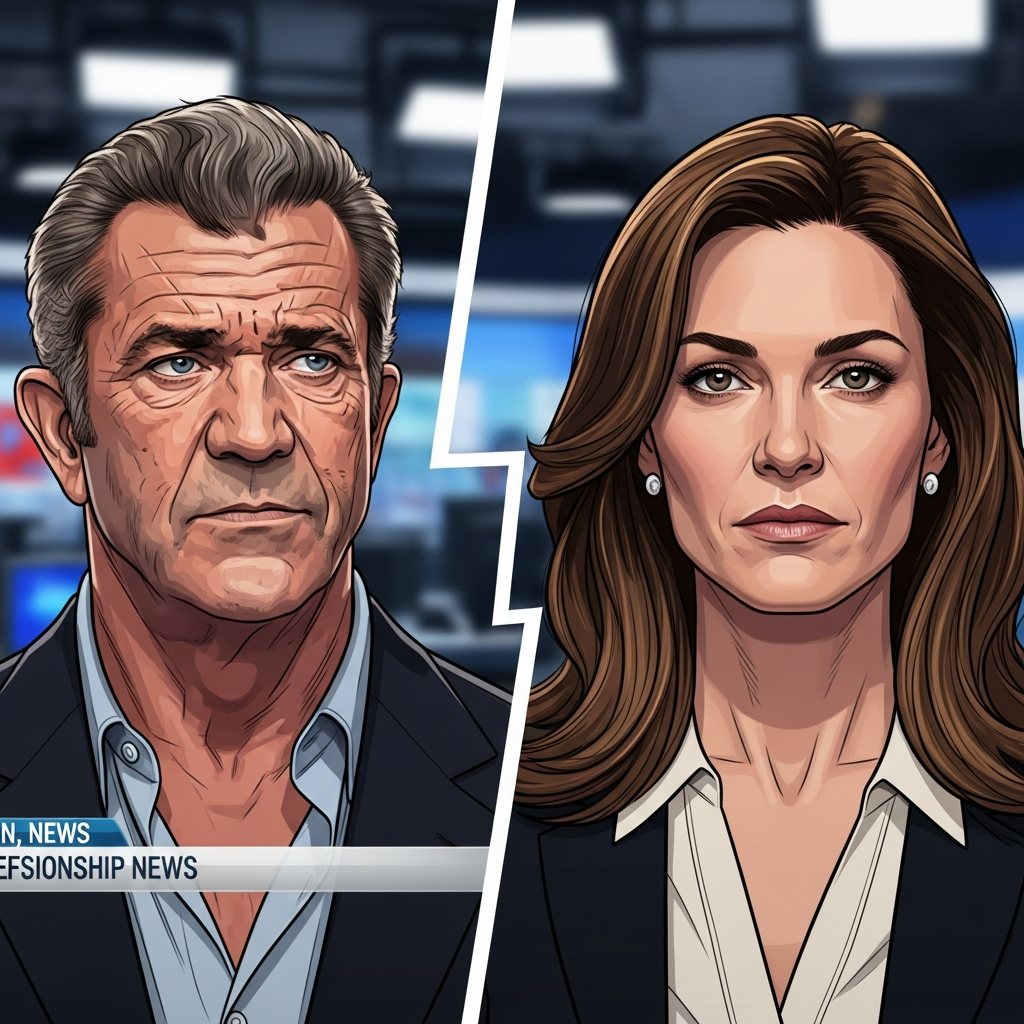Recent high-level diplomatic exchanges concerning the Russia-ukraine war appear stalled, with president Trump reporting no breakthrough in a key phone call with Russian President Vladimir Putin. The conversation, focused significantly on the protracted conflict, concluded without any concrete steps toward de-escalation or a ceasefire, underscoring the deep and complex challenges facing peace efforts. This lack of progress emerges against a backdrop of shifting U.S. policy toward Ukraine, including a notable pause in certain military aid shipments, and increasingly strained relations between Washington and Kyiv.
Trump-Putin Call Yields No Breakthrough on Ukraine
On Thursday, President Trump confirmed that a lengthy phone call with his Russian counterpart, Vladimir Putin, yielded no progress regarding the ongoing war in Ukraine. Speaking to reporters, Trump was direct in his assessment, stating he “didn’t make any progress with him today at all” when asked about the discussion on the conflict. The call, which the Kremlin noted lasted over an hour, covered critical geopolitical issues, including the situation in Ukraine and developments concerning Iran and the wider Middle East region.
According to a readout from Putin aide Yury Ushakov, the discussion was described as “frank and substantive.” While Trump reportedly raised the possibility of an immediate ceasefire in Ukraine, Putin did not signal agreement. Instead, the Russian President reiterated Moscow’s firm stance that it intends to “pursue its stated objectives” in the conflict. This position aligns with Russia’s long-held justification for the invasion, often articulated as addressing the conflict’s “root causes.”
Understanding Putin’s Stance and the Stalemate
Putin’s reference to “root causes” is widely interpreted as shorthand for his government’s core grievances, particularly concerning NATO enlargement and perceived Western support for Ukraine being used as a base hostile to Russia. Moscow maintains that the war was necessary to counteract these issues and safeguard Russia’s security interests. In the call with Trump, Putin conveyed that Russia would “not back down” from these objectives. This firm stance makes meaningful concessions from the Russian side appear unlikely unless Ukraine agrees to surrender or a negotiated settlement includes terms highly favorable to Moscow.
While Ushakov stated that Putin expressed “readiness” to “seek a political and negotiated solution,” this willingness is consistently conditioned on Russia’s terms being met. Previous diplomatic efforts, such as direct talks between Russian and Ukrainian representatives, have failed to produce breakthroughs. Experts like Vice President JD Vance have commented that the Russia-Ukraine war is “not going to end anytime soon,” suggesting the diplomatic deadlock at the highest levels reflects a deeper, entrenched conflict unlikely to resolve quickly through negotiations without significant shifts in position from either side.
The Complex Backdrop: US-Ukraine Relationship Strain
The recent Trump-Putin call occurred amid a period of significant strain in the relationship between the U.S. President and Ukrainian President Volodymyr Zelenskyy. Relations have reportedly deteriorated notably since February 2025, reaching a low point marked by tense exchanges and a combative Oval Office meeting. During this period, Trump falsely claimed that Ukraine had initiated the war, a statement that drew sharp criticism from Zelenskyy, who countered that Trump was operating within a “Russian-made ‘disinformation space.'”
Trump reportedly retaliated, calling Zelenskyy a “dictator” and questioning the Ukrainian leader’s genuine interest in ending the war. Sources familiar with the February meeting indicated the discussion was confrontational, ending potential peace talks prematurely. Zelenskyy is said to have questioned Trump’s increasing communication with Putin, citing past instances where he felt the Russian president proved unreliable in diplomatic dealings. In turn, Trump reportedly accused Zelenskyy of disrespecting the United States and suggested the U.S. might reconsider its robust support for Ukraine’s defense. This strained relationship forms a critical part of the context surrounding U.S. policy towards the conflict and its involvement in diplomatic efforts.
The Pause in US Military Aid to Ukraine
Adding another layer of complexity to the situation is the recent pause in certain U.S. weapons shipments to Ukraine. The Pentagon confirmed this halt, which included previously promised deliveries of air defense missiles and precision-guided artillery. This decision, reportedly ordered by Defense Secretary Pete Hegseth according to NBC News sources, stems from concerns regarding the depletion of U.S. military stockpiles after providing substantial aid to Ukraine. From the 2022 invasion through March 2025, the U.S. had delivered an estimated $66.9 billion in military assistance.
Trump initially denied that a pause was occurring, stating the U.S. was “giving weapons because we’ve given so many weapons.” He added that the Biden administration had “emptied our whole country” of weapons, implying the current administration needed to ensure its own defense readiness. While a Kremlin aide stated the pause in shipments was not specifically discussed during the Trump-Putin call, the timing is highly significant. The halt coincides with intensified Russian attacks and a summer offensive, increasing pressure on Ukrainian forces. Ukrainian President Zelenskyy expressed his intention to speak with Trump soon specifically about the pause in weapons shipments, highlighting Kyiv’s concern over the disruption in aid.
Broader Geopolitical Discussions
Beyond Ukraine, the Trump-Putin call also addressed the situation in Iran and the wider Middle East. This topic followed recent military actions, including reports of the U.S. and Israel bombing Iranian nuclear facilities the previous month – a move Moscow had warned against. Putin emphasized the need for diplomatic solutions for disputes involving Iran. Earlier in June, Putin had reportedly offered to mediate the Iran-Israel conflict during a call with Trump, who at that time redirected the conversation back to Ukraine.
Simultaneously with the Trump-Putin call, Ukrainian President Zelenskyy met with European Union leaders in Denmark. Zelenskyy reportedly highlighted that doubts surrounding continued U.S. military aid underscored the necessity for Ukraine to “strengthen our cooperation and coordination through the EU, NATO and also in our direct relations.” This reflects Kyiv’s strategic adjustment to secure support from European partners amidst perceived uncertainty regarding U.S. commitment. Russia, for its part, continues to push for any peace talks to occur directly between Moscow and Kyiv, reportedly attempting to sideline the U.S. from a trilateral negotiation format.
Implications of the Diplomatic Deadlock
The recent call underscores the persistent difficulty in finding a diplomatic pathway to end the Ukraine war, particularly at the highest levels between Washington and Moscow. Despite President Trump’s stated desire to resolve the conflict swiftly, his conversation with President Putin yielded no visible progress. This suggests that the fundamental disagreements, particularly regarding Ukraine’s sovereignty, territorial integrity, and future alignment, remain insurmountable barriers for now. The lack of a breakthrough, combined with the strained U.S.-Ukraine relationship and the pause in critical military aid, indicates that Kyiv may increasingly need to rely on support from its European partners. Prospects for a near-term negotiated settlement appear dim as Russia continues to pursue its military objectives while expressing openness to talks only on terms that meet its perceived security demands related to preventing Ukraine’s Western integration.
Frequently Asked Questions
What was the main outcome of the Trump-Putin call regarding the Ukraine war?
President Trump reported making “no progress at all” with Russian President Vladimir Putin during their recent phone call concerning the war in Ukraine. While Trump raised the possibility of an immediate ceasefire, Putin did not agree. The Russian President reiterated his commitment to pursuing Russia’s stated objectives in the conflict, citing the need to address “root causes” related to preventing Ukraine’s integration with Western alliances like NATO.
How does the recent pause in U.S. weapons shipments factor into discussions about Ukraine aid?
The U.S. recently paused certain military aid shipments to Ukraine, reportedly due to concerns about domestic defense stockpiles after extensive support totaling billions. Although a Kremlin aide indicated this specific pause wasn’t discussed in the Trump-Putin call, the timing is critical for Ukraine. It puts pressure on Kyiv amidst intensified Russian attacks and highlights potential shifts in U.S. commitment, leading Ukrainian President Zelenskyy to seek discussions with Trump about the issue and emphasize strengthening ties with European partners.
Does the lack of progress in the call mean peace talks for the Ukraine war are impossible soon?
The failure of President Trump and President Putin to make progress on a ceasefire during their call highlights the deep impasse in high-level diplomacy. While Russia indicates openness to negotiated solutions, it remains committed to its core objectives. This suggests that achieving a swift, negotiated end to the war is unlikely unless one side significantly alters its demands or military realities on the ground force a change in strategy.
Conclusion
The latest interaction between President Trump and President Putin regarding Ukraine confirms that significant diplomatic barriers remain firmly in place. Despite the stated desire from some quarters to see the conflict resolved quickly, the fundamental disagreements between Russia’s objectives and Ukraine’s fight for sovereignty continue to prevent any meaningful progress toward a ceasefire or peace deal. The absence of a breakthrough in this high-level call, set against the backdrop of complicated U.S.-Ukraine relations and a pause in crucial military assistance, underscores the challenging path ahead for both diplomatic efforts and the ongoing conflict itself.



